Developing an Engagement Mindset
A reflection on a weekend workshop
During the two day workshop at my school, titled “Creating a Classroom that Engages Students’ Curiosity and Builds Respectful Relationships”, I had the opportunity to explore different engagement strategies with colleagues from both my school and the surrounding region. I want to outline the biggest takeaways that I learned from this workshop. I spent a lot of time choosing which strategies to focus on, but I finally got it down to a list of three!
I’ve been hearing this a lot lately in the books I’ve been reading for #ellchat_bkclub. I remember reading about it in Tonya Ward Singer’s book, EL Excellence Every Day. Hearing about it again helped me solidify the differences between what engagement and compliance both look like and how they are different. I don’t believe, however, that every single lesson needs to have components of inquiry and engagement. I remember in my first grade classroom the need for direct instruction at times, especially for my emerging readers and writers. Direct Instruction was also more effective for my students on the autism spectrum or with dyslexia / dysgraphia. They needed heavy scaffolds to be successful, but after they became more confident in what they could do, they became more comfortable with engaging activities.
Engagement is providing students the opportunity to have agency over their own learning
For language learners, engaging lessons allow students to be an active part of their language development. Engaging lessons are collaborative and thought provoking; eliciting use of language through meaningful activities. Students can learn new pieces of language through doing and experiencing rather than rote learning.
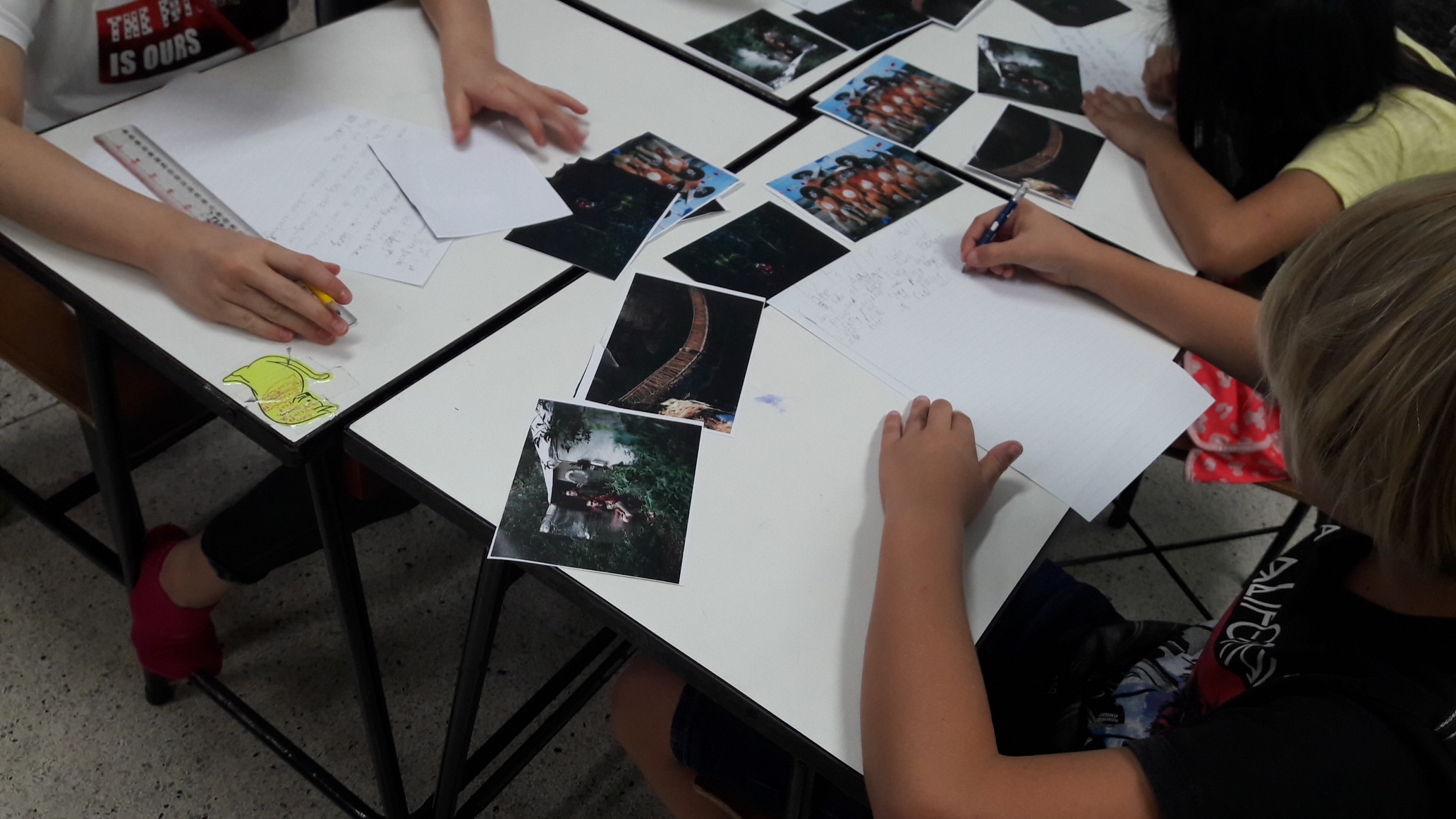
Students using Nat Geo photos to create a narrative story.
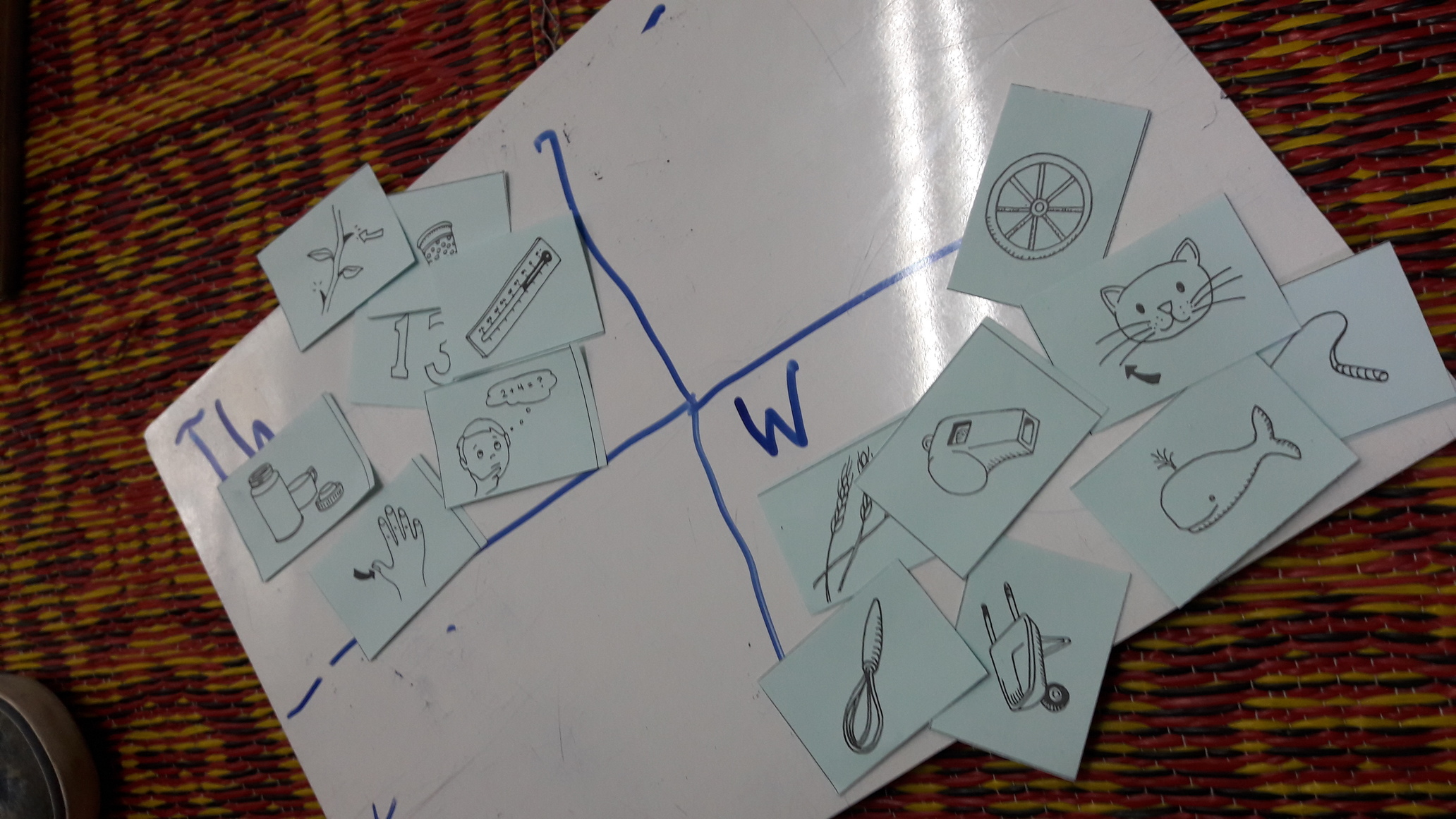
Practicing some questioning strategies with Words Their Way for the kiddos to lead their own sorts.
The most important thing I had to learn during my first formative years of teaching was to let go of control in my classroom. A first year teacher mistake is to micromanage student learning and interactions. It’s not only ineffective, but also exhausting! This workshop helped remind me the importance of letting go of the reigns and instead ask questions to students to engage their thinking as opposed to tell them what to do.
One analogy that was made was that we often want students to DIS-cover learning in the classroom, but how instead it’s more like UN-cover. Teachers covers the treasure with a bit of sand, and students use a map to get there. If students are on the wrong track, instead of using corrective language, we can instead use open ended questions to get students to critically think and problem solve.
I had this in mind earlier this week when I led a “Words Their Way” lesson with a small group of students. This particular group was emerging readers, and they’ve been placed at the beginning levels of the program where they’re studying CVC words. I could have simply given them the words for them to read and sort, but I decided to try something different. I created a simple two panel comic strip (you can use Storyboard That or Pixton) and strategically placed short o pictures throughout the comic. I made a camping scene, so I had items like cot, popcorn, log, mop, etc. It told a simple story about two friends going camping, but there was no dialogue or words. I asked students to label everything that they see (using Larry Ferlazzo’s inductive picture word model strategy). This helped them identify common vocabulary words, but working together helped them learn a few new vocabulary words that they may have not known before (there was a lengthy discussion about whether to label using the word “pot”, or “cauldron” After we labeled words we knew, we wrote them out as a list. Afterwards, I asked only two simple questions:
“What do you notice about the words on our list?”
“How could we group these words together?”
These emerging readers picked out all of the ot / og / op words because they recognized the patterns, then they categorized them by word family on their own. They were also able to explain which words didn’t belong. They even created a new category of words because we labeled stand-alone o words (rock, boy). They gained so much more out of UN-covering our lesson objectives rather than me spoon feeding it to them! I was able to focus on what the students CAN do as opposed to focusing on what they weren’t able to do. Plus, it’s just way more fun!
This is something that I gathered on my own during the final few hours of the workshop. Many of us are familiar with the Bloom’s Taxonomy triangle graphic from teachers’ college. The activities we did with the facilitator took the Blooms model and flipped it upside down. Instead of starting with “remembering” or “knowing” (direct instruction), we started with creating / evaluating / synthesizing (engagement and inquiry based). One prime example of this was during one activity, we were given a series of paintings as a group. We first had to work as a group to decide the order of the paintings so that it told a story. We shared our stories (most of which were hilarious) with our peers. Then, we were given a bit more background. The paintings were by “Jacob Lawrence”, and it was his series titled “The Great Migration”, which depicted the movement of African Americans from the deep south to the north. With that knowledge, we had to then reorganize the paintings to depict a new story with this newfound knowledge. I had a blast working with my peers and making stories! Plus, I learned a lot about a topic that I was previously unfamiliar with because I had the opportunity to play with and explore ideas.
I always remembered high school science and social studies lessons being lecture, slideshow, notes, review, test, rinse, and repeat. After being demoed this particular history lesson, not only was I able to recall facts about it, but I felt like I started developing a true understanding of the topic in such a short period of time. I felt more ownership with my learning, and being able to explore fed into my natural curiosities.
I had the opportunity to play with and explore ideas.
I think about my language learners and how much more they could learn by engaging in activities like this that involve exploration. My G3 Co-Teacher and I were both inspired by this type of “story making” activity that we used it as a pre-assessment tool. Our next writing unit is about realistic narratives, so what we did was print out a series of photos from the National Geographic website. The students were to organize photos in a beginning, middle, and end format to create a story, then construct a narrative based off of the pictures. The level of engagement was incredible! The ELs in the classroom were also able to use the language they were comfortable using to create their own story as opposed to me giving them a prompt they couldn’t relate to or pressuring them to think of their own. This particular activity also gave us the data we needed to develop specific language targets.
The biggest takeaway, however, is that engagement doesn’t come in a canned curriculum. It’s not a strategy or something you can buy on Teachers Pay Teachers. To me, engagement is a mindset. It’s a way of looking at teaching and student learning. After applying what I’ve learned from this workshop, I’m realizing that you can take any lesson concept and incorporate engagement. It just requires a bit more of a creative eye and different outlook!

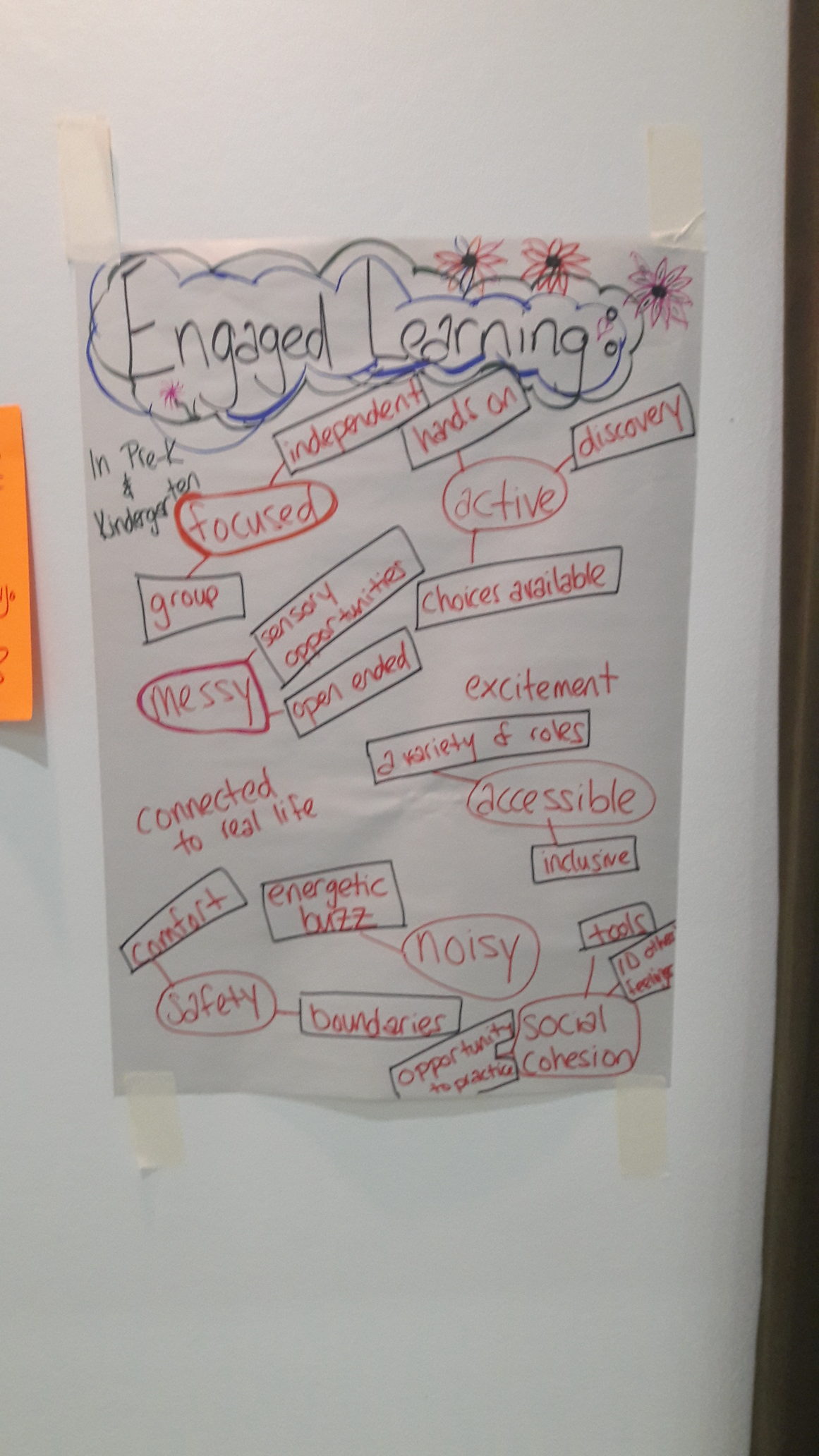
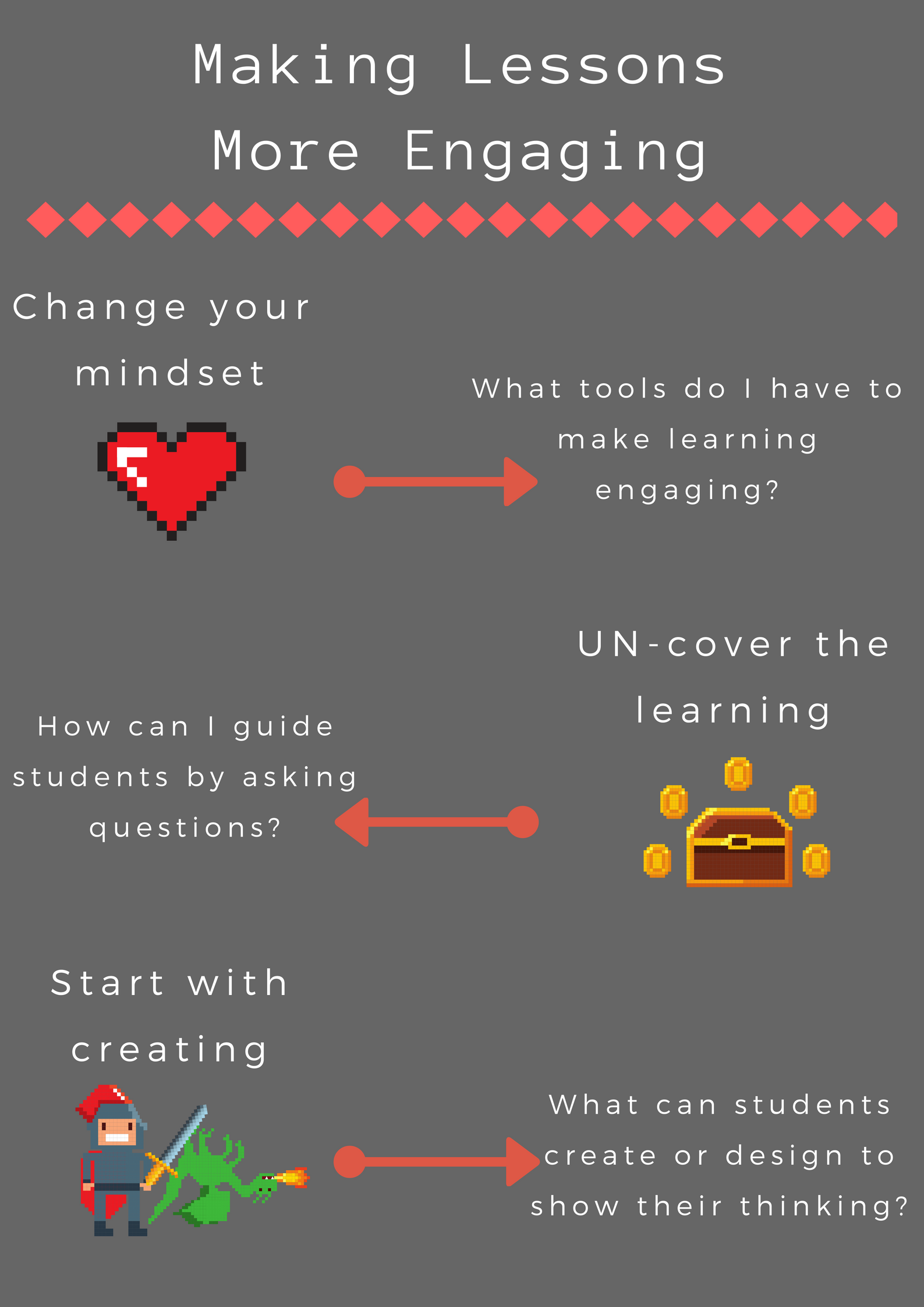
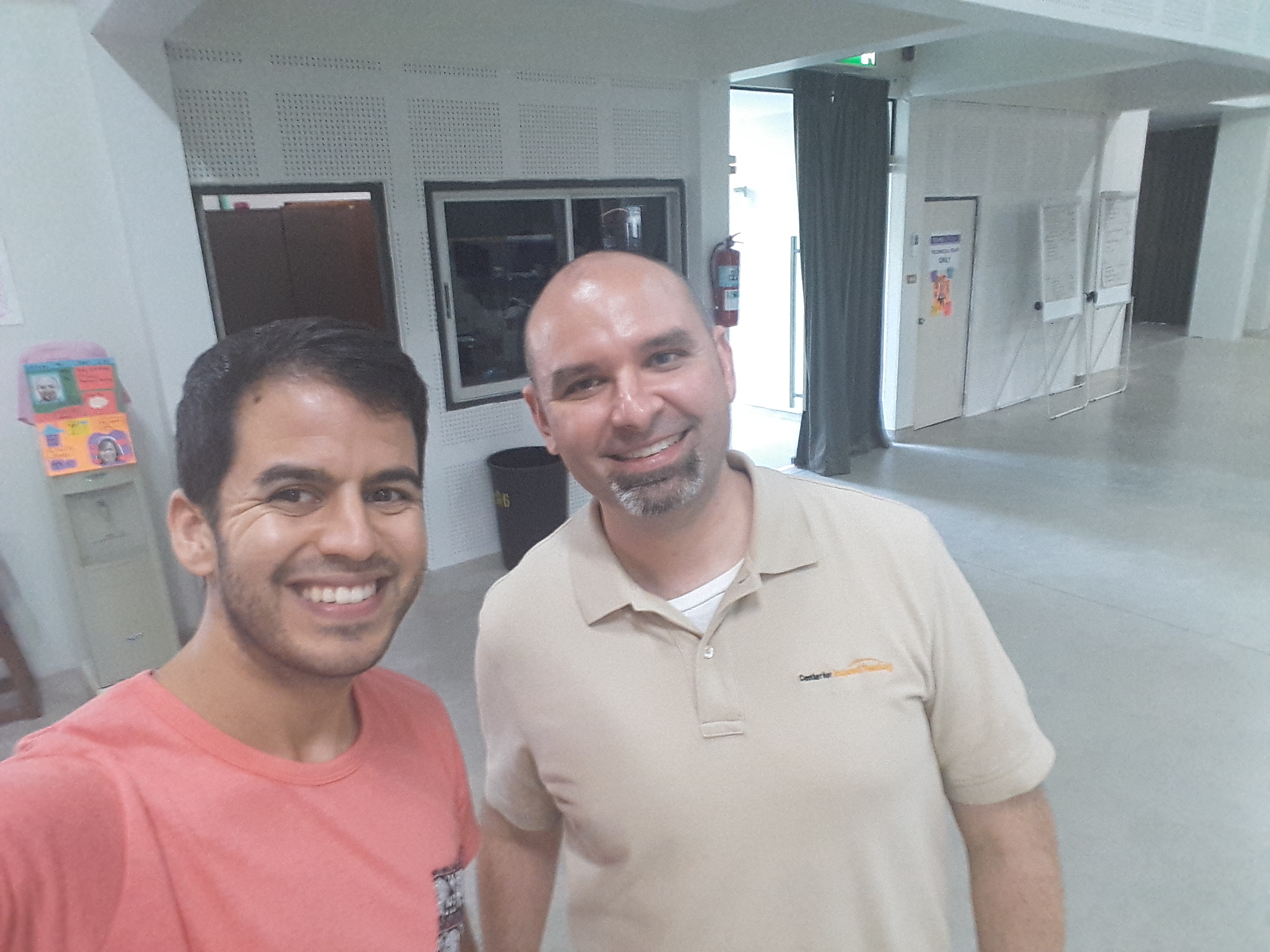
This resonates with everything I believe about education. I am definitely going to share this with the teachers I support. Thank you for your insights!
Thank you so much for sharing with your colleagues!